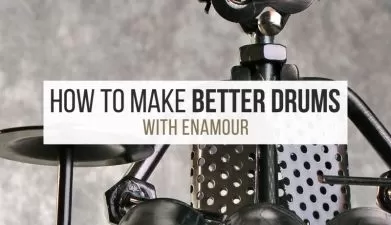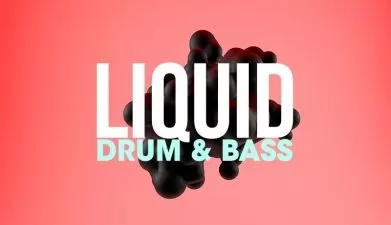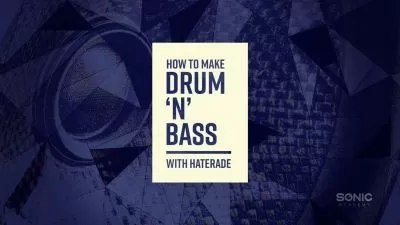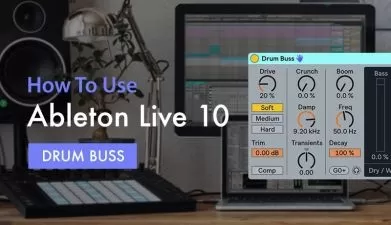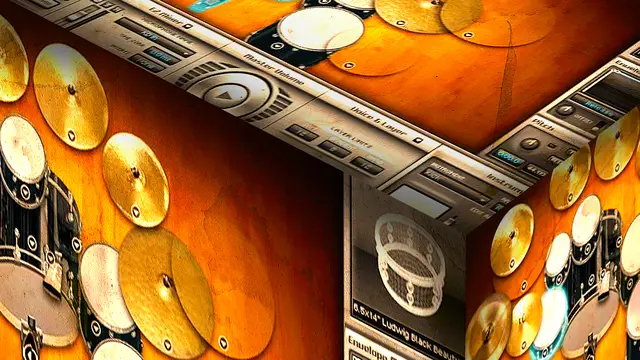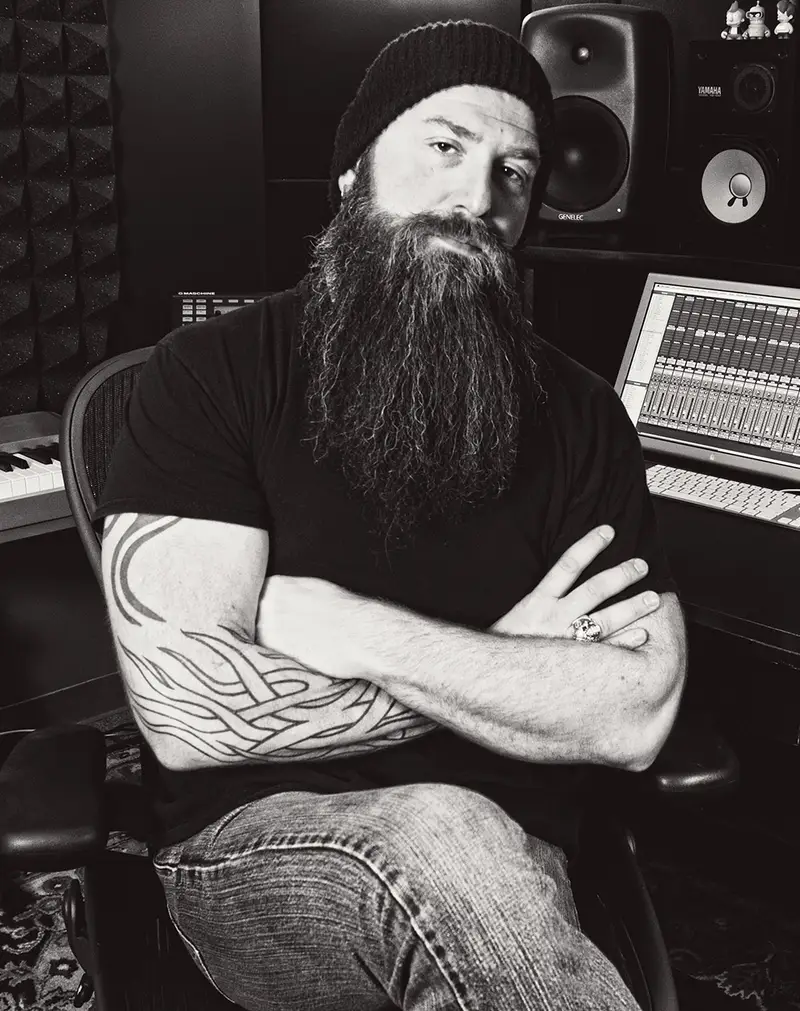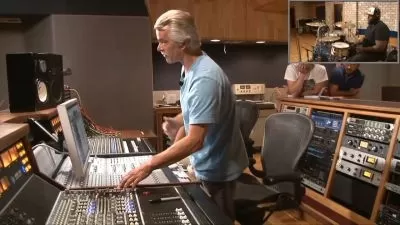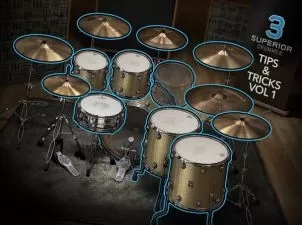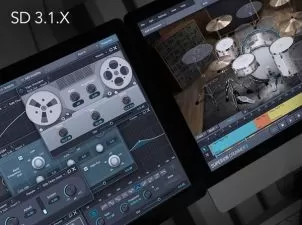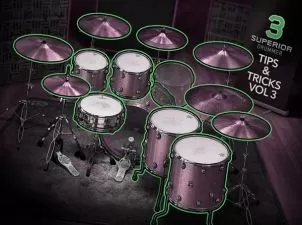About DrumsLearn More
The drum instrument or drum is one of the most popular musical instruments and percussion instruments in Iran, which has the ability to create sound by vibrating a stretchy membrane. Drum means drum in English and its equivalent in Farsi is drum kit.
In fact, the drum instrument refers to a collection of drums, cymbals and other percussion instruments that together form a single and completely independent instrument. This instrument can be used in many styles such as rock music, jazz music and even pop music, and the player of this percussion instrument is called a drummer.
Sort by:
Sorting
The newest
Most visited
Course time
Subtitle
Filtering
Courses
Subtitle

SkillShare


Rob Albertson
Logic Pro X's Drummer - Make Awesome Beats and Produce Music with Drummer 1:31:27
English subtitles
12/23/2023
Frequently asked questions about Drums
Drums are a collective percussion instrument — that is, one that combines several different types of percussive instruments into one. They provide rhythm and are the backbone of nearly all modern rock, hip-hop, blues, jazz, and other types of popular music. The term “drums” includes the drums themselves (which are typically made from wooden shells with synthetic or skin drumheads), the cymbals, and other percussive elements on the kit. The drummer sits on a stool, called a throne, and plays the drums with sticks. There are numerous techniques involved with playing drums. The building blocks of playing drums are known as rudiments and can be practiced on a silent drum pad or even on the top of your leg. These rudiments provide the technique for playing beats, grooves, and solos on the full kit.
While advanced drumming involves a dazzling degree of complexity and taste, a beginner can start learning popular beats within an hour. In this sense, the drums are no more complicated than any other instrument to learn. The only way to get better is to practice, as is the case with any other instrument. Most of the time, improving on drums will not involve playing along with songs. You will need to devote time to practicing new patterns and techniques and building muscle memory. This makes your playing more automatic and creates a “toolbox” of skills to draw on when playing. Another fun challenge is building limb independence. Your left and right hands must be able to operate independently of one another and your left and right feet. However, even beats and techniques that feel awkward at first will begin to feel fluid and intuitive with practice, and the movements of your limbs will start to feel more connected.
The foundation of a drum kit is the kick drum. This drum sits on the ground on its side and is braced against the floor by two rubber-tipped feet. You operate the kick drum with a pedal attached to a beater, which strikes the drumhead when you press down. The snare drum is the next most important piece. This smaller drum sits upright on a stand immediately in front of you. A ribbon of tightly coiled springs is stretched across the bottom head and vibrates when you strike the top head, producing the characteristic snare sound. Toms are other upright drums positioned around the kit to provide more rhythmic variety and choices. Of all the cymbals, the hi-hat is the most versatile part and consists of two inward-facing cymbals that “clap” when you press down on a foot pedal to give you plenty of tonal options. The crash cymbal and ride cymbal sit on stands over the kit. The crash cymbal is ideal for punctuating big moments, and the ride is perfect for creating a sizzling, more open feel.
Even if you have a drum kit, you’ll learn the essential foundations of drumming on a practice pad or a single drum. You would be hard-pressed to find a single professional drummer without a practice pad. This is a small, circular pad designed to help you quietly develop good technique, as it imitates the bounce and response of a typical drumhead. Drum pads are portable and perfect for practicing on the go, late at night, or surrounded by noise-sensitive neighbors. From paradiddles to flams to rolls, the techniques you practice on a drum pad will translate cleanly to a drum kit. They are also important for building muscle and stamina for longer songs and playing sessions. Many skilled drummers spend a significant portion of their time on practice pads, only moving to the drum kit when the time permits.







